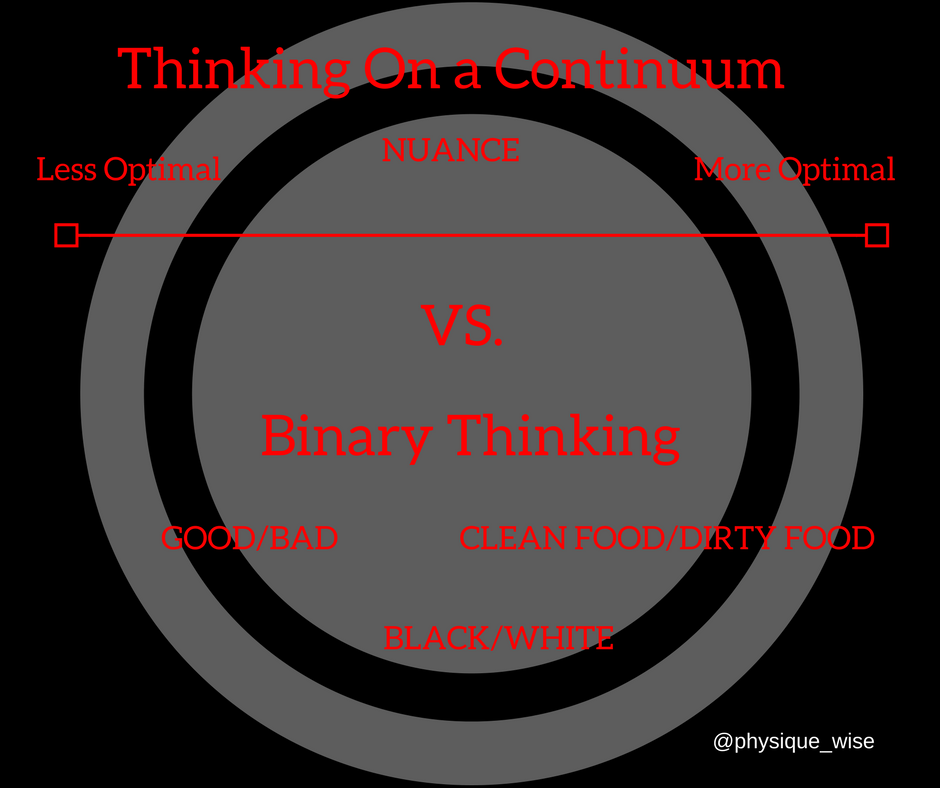Tempo = The speed at which you perform an exercise - sometimes referred to as 'cadence'
Tempo is usually expressed as 4 numbers - For example, “4 0 1 0”, or "20X0"
The First Number: The Eccentric Lifting Speed: The eccentric portion of a lift relates to the phase when the working muscle(s) are lengthening under tension. For example, the quadriceps (thigh muscles) on the downward phase of a squat, leg extension, leg press etc. The first number is usually the biggest number, as the eccentric portion of the lift is usually controlled.
The Second Number: Pause in the Stretched Position: If the number is a zero then this would mean that there is no pause after the eccentric phase of the lift and you go straight into the concentric phase of the lift. A '1' would denote a 1 second pause in the stretched position.
The Third Number: The Concentric Lifting Speed: The concentric portion of the lift relates to the phase when the working muscle(s) are shortening under tension, For example, the quadriceps on the upward phase of a squat, leg extensions, leg press etc. An ‘X’ during the concentric phase relates to the lift being performed ‘explosively’.
The Fourth Number: Pause in the Shortened Position: If the number is a zero then this would mean that there is no pause in the shortened position and that you would go straight into the eccentric portion of the lift.
So a tempo with the numbers '3111' would mean a 3 second eccentric phase, a 1 second pause in the stretched position, a 1 second concentric portion, and a 1 second pause in the shortened position.















